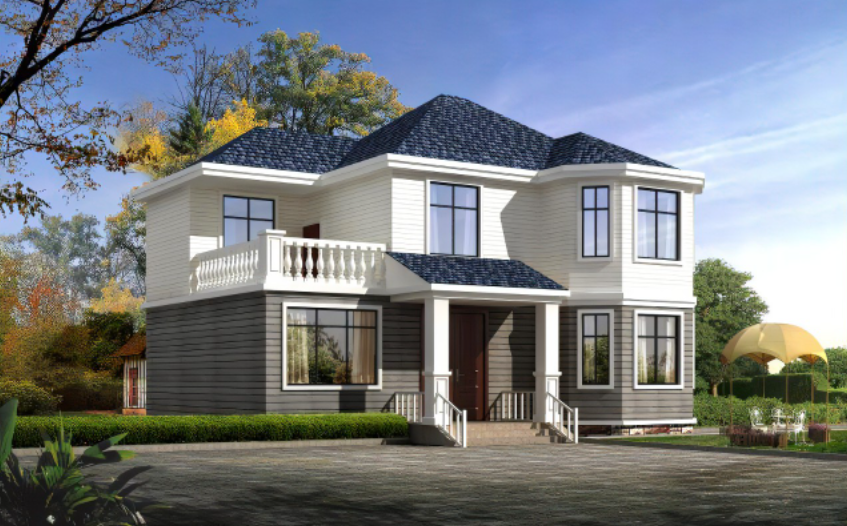7 Benefits of Using Structural Steel for Your Building
Without structural steel our world would look quite different. There would be no skyscrapers creating unique patterns against the sky. Buildings would be just a few stories tall and additional square footage would be made up in length and width. Cities would sprawl much farther than they do today. Structures built of materials other than steel would not withstand the extreme weather and seismic events the earth throws at us.Structural steel makes our world possible, bestowing seven benefits that keep it at the forefront of today’s construction industry.
Safety
Safety is the primary goal of any building; steel provides a majority of the safety benefits everyone expects when they enter a structure.
Steel is non-combustible. It does not ignite nor spread flames.It is resistant to rust and corrosion when properly coated.It does not mold or mildew.It resists splintering and shattering during extreme movement.When built to code a steel structure will protect occupants and contents from fire, high winds and heavy snow and ice during conditions that would burn, shatter or collapse a building constructed of concrete or wood.
In fact, the safety benefit of steel begins during construction. By using prefabricated building solutions construction time is significantly shorter, meaning less time and fewer reasons for accidents to occur. Reducing or eliminating onsite cutting, forming and welding mitigates the chances for workers to suffer cuts and burns.
Reduced Construction Costs
Prefabricated building solutions provide another benefit of steel – lower costs across the project.
A reduced timeline results in reduced hours of paid labor.A prefabricated steel building solution arrives ready for assembly. Onsite cutting, welding and fastening are not required, saving time and increasing site safety.When the frame and envelope are completed quickly, skilled trades can enter and begin work more quickly.Stringent fabrication tolerances and a tightly controlled manufacturing environment reduce rework from construction errors.A shorter schedule reduces general condition costs across the board.With fast construction the structure is quickly operational, generating revenues sooner than traditional construction projects.
Future Adaptability
Steel buildings and frames are remarkably adaptable. They are easily expanded either upwards or to any side. Because steel is extremely strong for its weight it can support the added weight of new stories. The overall weight of the structure is still lower than one built with concrete or wood, so the foundation experiences less stress from the added floors.
Besides expanding the building’s size, the interior of a steel frame building can be reconfigured with little trouble. Clear span construction provides open space without obstruction created by columns. The area can be configured and reconfigured into a variety of spaces with lightweight interior walls, ceiling systems and movable flooring.
High-Quality Construction
The predictable properties of steel allow designers and fabricators to meet tight tolerances with precision and accuracy. Variation in cutting, punching and rolling that occurs with onsite manual processes is eliminated. Steel members have known strength and dimensions, allowing architects and engineers to predict the feasibility of their designs accurately.
Steel building manufacturers maintain a controlled environment with internal quality control programs dedicated to delivering the expected product. Assembly and erection are performed under controlled conditions at the building site, where the contractor monitors the location and elevation of the structure as well as field bolting and welding.
Serviceability and Resilience
Usability and occupant comfort are critical elements of building operations. A steel building can be designed to eliminate vibration from human, machine or weather movements. Steel exhibits a predictable amount of sway in common conditions with limited movement.Steel structures are easily repaired, even after extreme damage from high winds, seismic activity or explosion. They resist buckling, distortion and warping under excessive loads.
Design Flexibility
Most of the unique building designs seen today are not possible without steel. Steel is a dynamic material capable of being formed into endless shapes from simple to complex geometries. Its strength allows slender designs not possible in wood or concrete.
Steel building interiors can have floating floors and disappearing walls. Large windows that let in natural light are only possible with a steel frame. Steel frames readily integrate mechanical systems, reducing building volume and energy consumption.
Sustainability
Steel is one of the most sustainable materials in the world. It was green before green was a thing.
Structural steel made in the U.S. contains 93 percent recycled material, on average.
98 percent of all structural steel is recycled into new products.Steel loses none of its strength or other physical properties even after repeated recycling.The steel-making process has a 95 percent water recycling rate with no external discharge.The net consumption of water per ton of steel produced in a mere 70 gallons.The steel industry reduced its greenhouse emissions per ton by 45 percent since 1975. Building manufacturers and contractors generate minimal waste during fabrication and erection. All scrap is recyclable and can be resold.
The list of the benefits of using structural steel for your building project is far longer than the seven mentioned here, but this is a fair start. For a long-lasting, aesthetically pleasing and energy efficient building, the only real choice is steel.
Post time: May-31-2022

